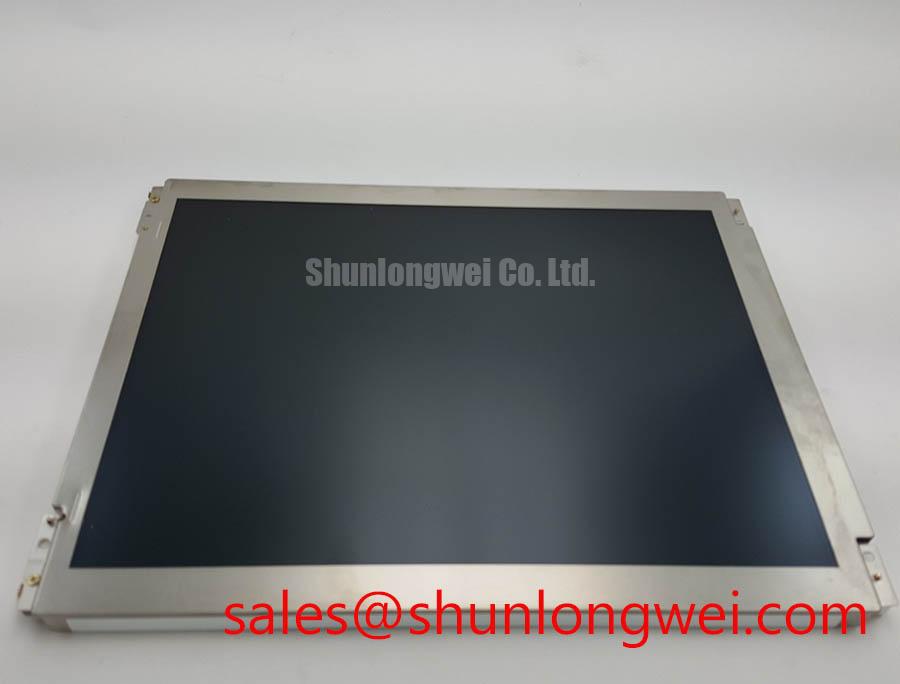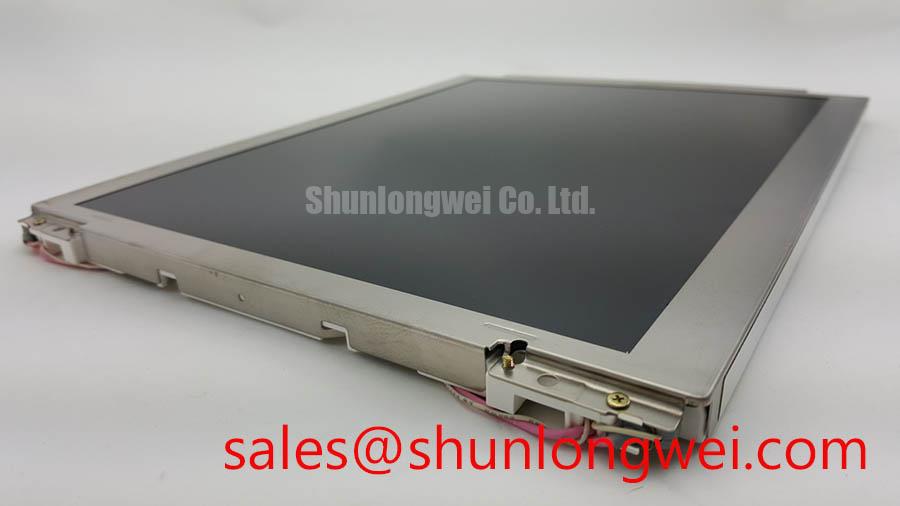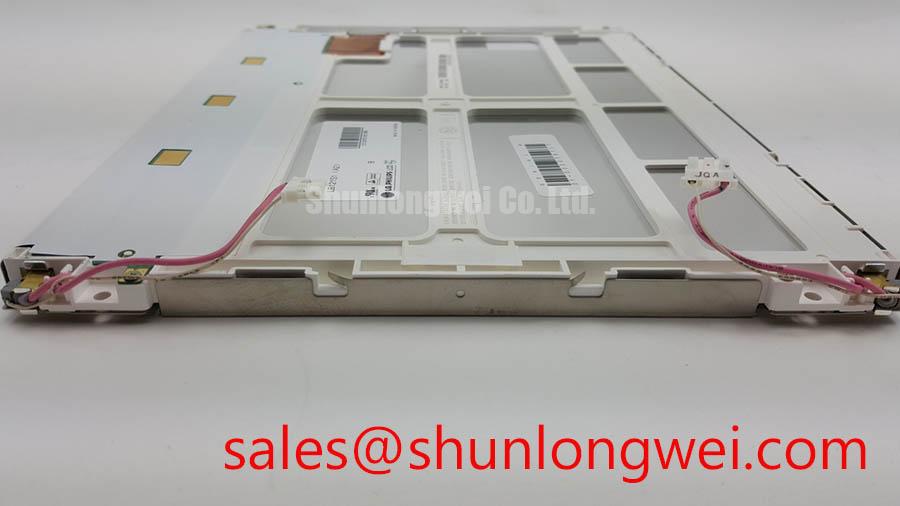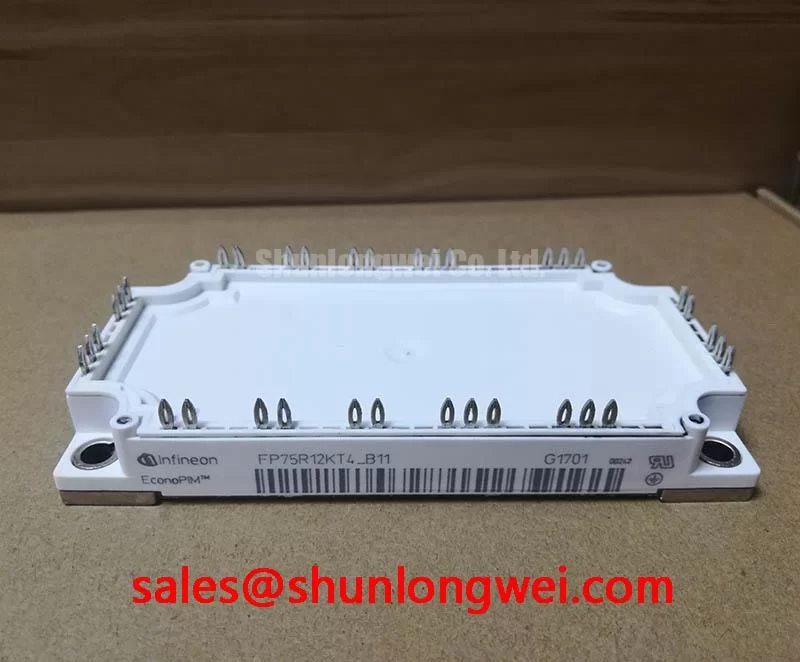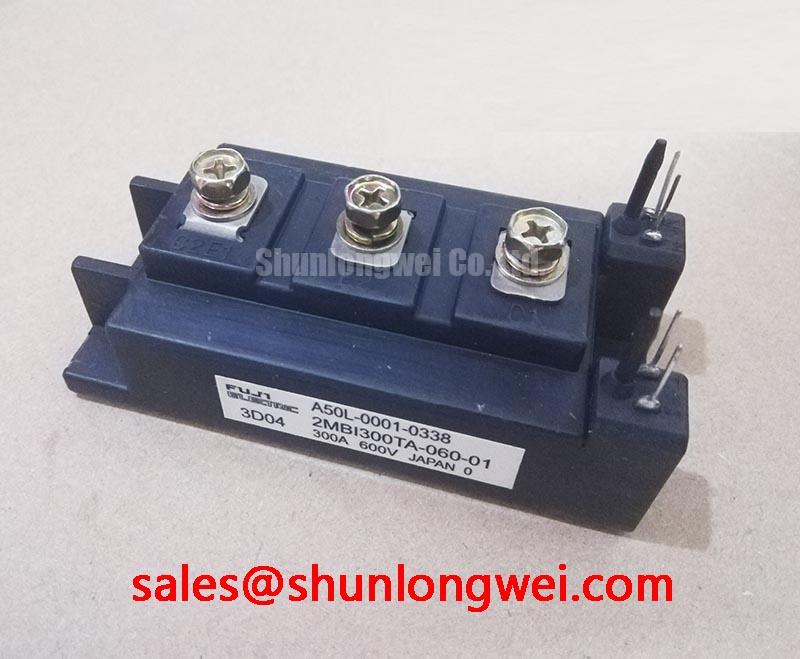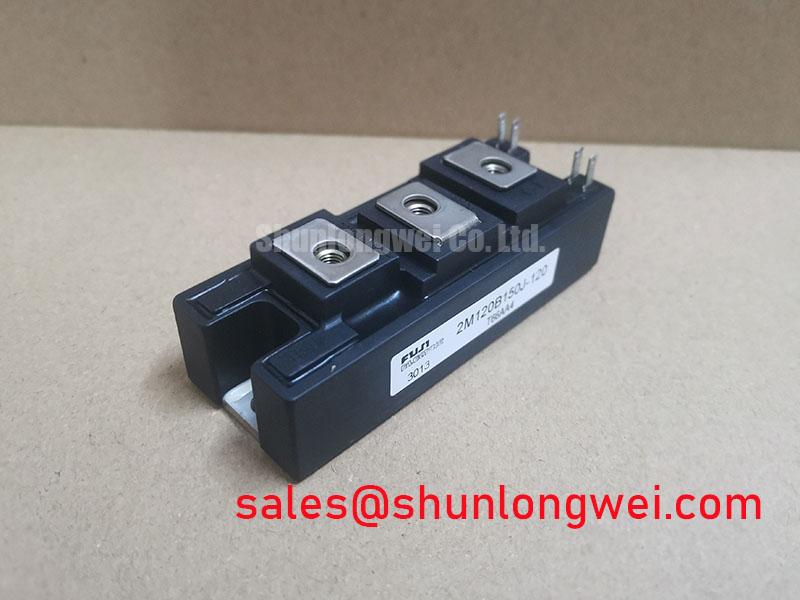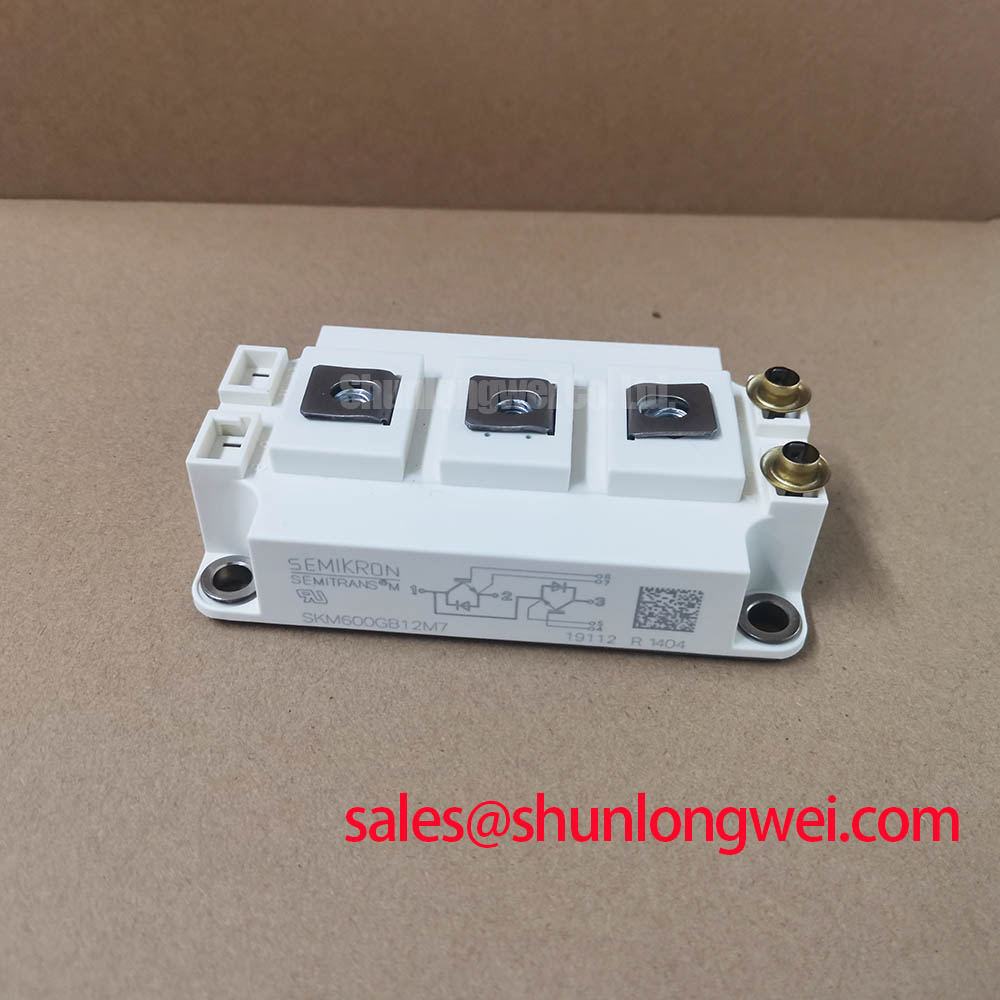Content last revised on October 26, 2025.
LB121S1-A2: A Robust 12.1-inch SVGA TFT-LCD for Long-Life Industrial Applications
Engineering-Grade Display for Demanding Environments
Built for Reliability, Designed for Integration
The LB121S1-A2 is a 12.1-inch a-Si TFT-LCD engineered for long-term operational reliability in demanding commercial and industrial environments, validated by its durable 3H hard-coated surface and specified 50,000-hour backlight lifespan. This display delivers a stable and proven solution for systems where consistency and durability are paramount. Key specifications include: 12.1” Diagonal | 800x600 SVGA Resolution | 300 cd/m² Brightness. Its primary engineering benefits are its resilient anti-glare surface and a well-documented operational lifespan. The panel provides a direct answer for engineers seeking a robust display solution for legacy HMI or control systems, offering a balance of proven performance and physical durability. For systems requiring a classic 4:3 aspect ratio with proven resilience, the LB121S1-A2 provides a mechanically sound and visually reliable platform.
Application Scenarios & Value
System-Level Benefits in Industrial HMI and Control Systems
The LB121S1-A2 is best suited for deployment in applications where operational integrity and environmental resilience are more critical than cutting-edge resolution or color gamut. Its design directly addresses the challenges faced by engineers maintaining or developing systems for stable, long-term use, such as in factory automation, process control, and point-of-sale (POS) terminals.
Consider the engineering challenge of retrofitting an aging operator control panel or HMI (Human-Machine Interface) on a manufacturing floor. The original display may have failed due to surface wear or backlight degradation. The LB121S1-A2 serves as a reliable replacement, where its 3H hard-coated, anti-glare surface provides immediate value by resisting scratches and abrasions common in an industrial setting. Furthermore, its standard Parallel RGB interface simplifies electrical integration with existing Industrial PC (IPC) motherboards or display controllers, minimizing redesign efforts and accelerating the repair or upgrade cycle. While this display provides a robust CCFL-backlit solution, for designs where a newer LED backlight is a requirement, the related G121S1-L01 offers a similar form factor with updated illumination technology.
Key Parameter Overview
Defining Specifications for System Design
The technical specifications of the LB121S1-A2 are grounded in providing a predictable and reliable foundation for system integration. The following parameters are critical for design evaluation.
| Feature | Specification |
|---|---|
| Optical Characteristics | |
| Screen Size | 12.1 inches |
| Resolution | 800(RGB) × 600 [SVGA] |
| Brightness | 300 cd/m² (Typ.) |
| Contrast Ratio | 200:1 (Typ.) |
| Viewing Angle (L/R/U/D) | 60°/60°/40°/55° (Typ.) |
| Display Colors | 262K (6-bit) |
| Electrical & Interface | |
| Signal Interface | Parallel RGB (1 ch, 6-bit) |
| Logic Supply Voltage (VCC) | 3.3V (Typ.) |
| Backlight System | Dual CCFL with 50,000 hours (Min.) lifetime |
| Mechanical & Environmental | |
| Outline Dimensions (W×H×D) | 280 × 218 × 12.5 mm |
| Surface Treatment | Antiglare, Hard coating (3H) |
| Operating Temperature | 0°C to 50°C |
| Storage Temperature | -20°C to 60°C |
Download the LB121S1-A2 datasheet for detailed specifications and performance curves.
Technical Deep Dive
Anatomy of a Resilient Industrial Display
The LB121S1-A2's long-term value is rooted in its fundamental design choices. Its active matrix is built upon a-Si TFT (Amorphous Silicon) technology, a mature and highly stable process that provides the reliability needed for industrial applications. While not offering the response times of newer technologies, its consistency over a wide operating temperature range is a known quantity, reducing performance-related uncertainties for system designers.
A critical component dictating the display's usable life is its dual CCFL backlight system. Rated for a minimum of 50,000 hours, this specification provides a concrete metric for calculating Total Cost of Ownership (TCO) and planning maintenance schedules. Think of the backlight's lifetime rating as the equivalent of a B10 life rating in a bearing; it is a statistical promise of longevity, allowing for the design of systems that can operate unattended for years. The need for an external CCFL inverter is a key design consideration, giving engineers flexibility in sourcing and placement of the high-voltage driver components. This architecture contrasts with modern LED-backlit panels, which often have integrated drivers but may offer less serviceability. For an in-depth comparison of display types, see this guide on Industrial vs. Consumer Displays.
Frequently Asked Questions
How does the 3H hard coating affect the display's suitability for industrial use?
The 3H hard coating provides a significant layer of physical protection against scratches, scuffs, and cleaning agents commonly found in industrial or commercial environments. This enhances the display's long-term reliability and readability by preventing the surface degradation that can obscure information and lead to premature failure, directly impacting the system's overall operational lifespan.
What are the key interface details for connecting the LB121S1-A2?
The LB121S1-A2 utilizes a 41-pin connector (Hirose DF9B-41P-1V or equivalent) for its Parallel RGB (1 channel, 6-bit) data and logic signals. This interface requires a 3.3V power supply for the panel's logic circuits. The CCFL backlight is powered separately via two 3-pin connectors, requiring a compatible external inverter to generate the necessary high voltage.
Strategic Outlook
For engineering teams tasked with maintaining the operational continuity of long-service-life equipment, the LB121S1-A2 represents a strategic asset. Its adherence to established interface and form-factor standards provides a low-risk pathway for sustaining critical systems, avoiding the costly redesigns often forced by the rapid obsolescence cycles of consumer-grade components. Integrating this panel is a decision that prioritizes long-term system stability and serviceability over chasing the latest display trends.

